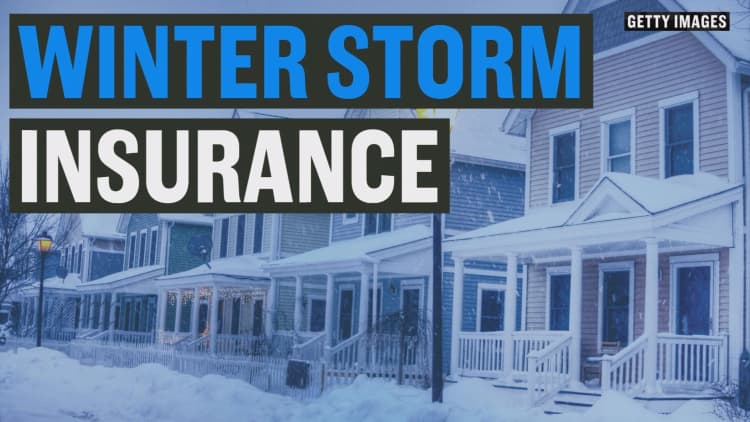With evacuations underway in parts of San Jose, California, due to severe flooding and the Oroville Dam spillway crisis, which threatened cities and towns in Northern California just last week, it's clear that 2017 will likely have many natural disasters yet to come.
The government last year issued 103 federal disaster declarations across the country. And for those that suffered a loss in such an area, or a casualty or theft loss in another situation, those losses may qualify for a tax deduction, according to the American Institute of CPAs, or AICPA.
"It's not a grand giveaway," said Gerard Schreiber, a CPA and partner at the accounting firm of Schreiber & Schreiber in Metairie, Louisiana, where flooding often occurs.
A casualty loss may be taken as an itemized deduction on Schedule A of Form 1040 for the year when the damage occurred (if a taxpayer doesn't itemize, then they can't get the deduction). And the amount of a loss that can be claimed must be more than 10 percent of adjusted gross income and is further reduced by any salvage value or any insurance payment received.
In other words, taxpayers won't get a dollar-for-dollar deduction, but rather, a reduced amount which is based on their tax bracket, Schreiber said.
"The taxpayer is not being made whole as a consequence of the tax refund – if they receive anything at all," he said. "But it's something as opposed to nothing."







